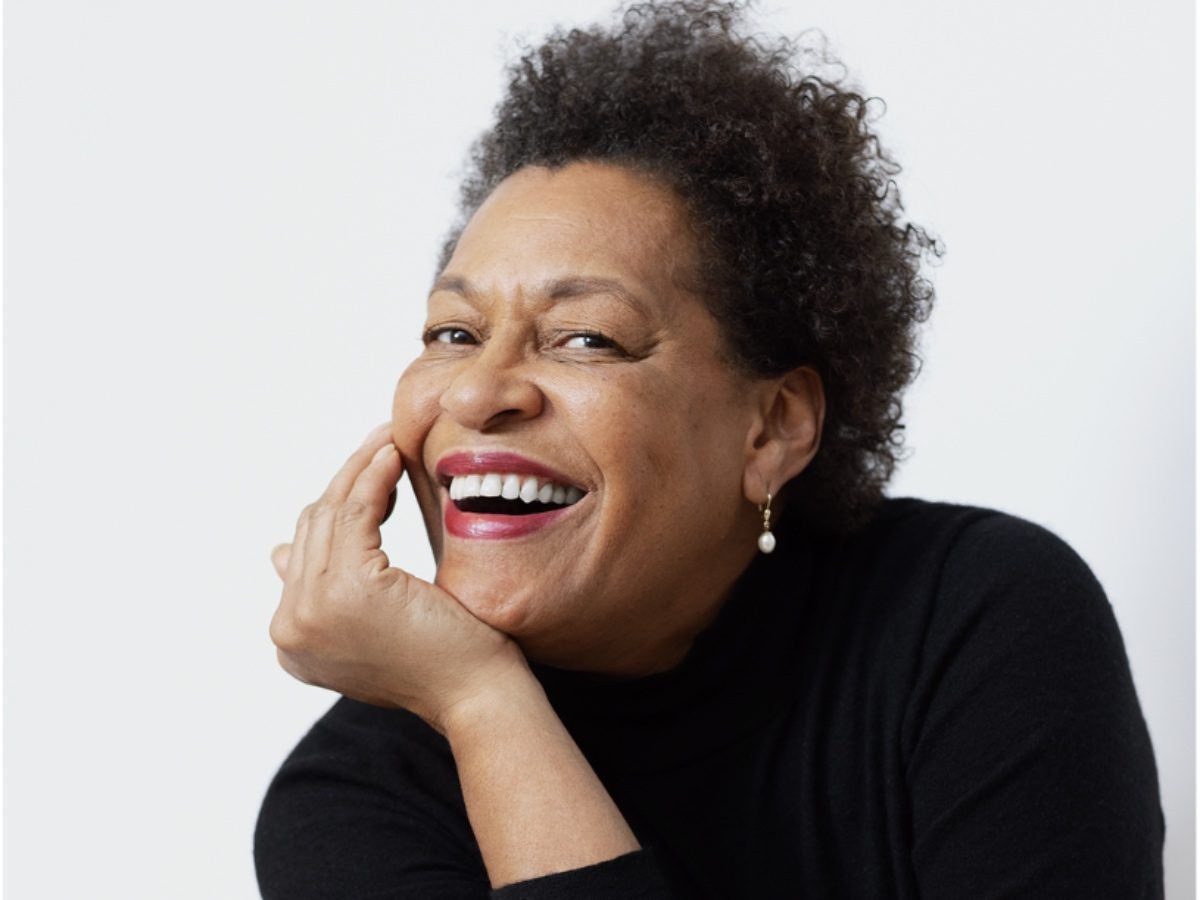
Carrie Mae Weems, a trailblazing visual artist known for her profound exploration of identity, power, and historical narratives, has once again pushed the boundaries of art with her latest work, Contested Sites of Memory: A Performance with Artist Carrie Mae Weems. Held at the Institute of Contemporary Art, she masterfully blends live music, spoken word, and video works to tackle the nuanced dialogue around monuments, memory, and racial healing.
This project is part of a larger convening hosted by E Pluribus Unum, an organization devoted to fostering racial equity and building a more inclusive South. Weems’ union with EPU, which has long worked to dismantle divisive narratives and challenge systemic racism, sets the stage for a conversation that feels both timely and timeless. “I’ve been working around the idea of contested sites for several years now,” Weems explains. “The performance is an opportunity to bring artists together and explore the complicated narratives surrounding monuments, particularly in a place like Richmond.”
The significance of Richmond as the inaugural location for this showing cannot be understated. Once the heart of the Confederacy, it is a city where the monuments have sparked nationwide debate. Weems has long been fascinated by the symbolism of monuments, often asking in her work how public spaces can reflect painful histories and still serve as sites for healing. For Contested Sites of Memory, the decommissioning of Richmond’s Confederate statues becomes both backdrop and subject matter.
At its core, the show is a multimedia experience designed to spark dialogue. Weems collaborated with local and national artists, each bringing their own interpretive lens to the table. Richmond-based choir Destiny One provided a hauntingly beautiful musical foundation, while celebrated musicians Nona Hendryx, Jawwaad Taylor, and Craig Harris added layers of sound that enriched the performance. Harris, an acclaimed jazz trombonist known for addressing social injustices through his compositions, led the band with a score that was both reflective and charged with emotion. Spoken word by Carl Hancock Rux and Esther Armah offered strong narratives, which Weems skillfully blended with video installations.
“It gives a fuller dimension to the work,” the artist says of the multidisciplinary approach. “We can express these ideas through music, visually, through poetry, and when you bring them together, you create something completely different.” By fusing these forms, Weems allowed the audience to experience the complexities of her art on multiple levels.
The jazz and spoken word offers an immersive auditory experience that deepens the audience’s engagement. “Our lives would be nothing without music,” Weems says. “Sound is the beat of a heart, the first utterance, and music shapes the rhythm of our lives.” For Weems, the use of sound in Contested Sites of Memory was not just an artistic choice, but a fundamental part of conveying the emotional and intellectual weight of it as well. “Music gives pace and movement to the work, to the word,” she adds.
One of the central themes is the notion of who gets to be remembered and how. Weems, ever conscious of her own family’s history, shares a personal narrative in the performance about her grandfather, Frank Williams. “What happens to a man who has been celebrated in some way, but there is no monument built in his name?” she asks. This question, posed both to herself and to the audience, becomes a larger inquiry into the role of monuments in shaping collective memory.
Weems extended the message beyond the stage through communal art. In conjunction with the Richmond debut, she designed four billboards displayed across the city from September 23 to October 20. The billboards, which featured photographs of empty plinths and probing phrases, urged viewers to reconsider the purpose and impact of monuments. “I’m not telling people what to think,” Weems explains. “Rather, I’m presenting a set of considerations that might be important to their thinking and values. It’s a prompt for dialogue.”
As Contested Sites of Memory prepares to travel to New York and Washington D.C. in early 2025, Weems is open to evolving the project. She plans to work with other musicians, such as pianist and composer E.J Eyre, to experiment with the music while maintaining the initial focus. “I know this version works,” the award-winning creative says, “but I’m willing to take chances, to experiment with different ways of interpreting these ideas.”
Ultimately, Weems views her role as both artist and provocateur. “I’m hoping to foster dialogue, even with those who disagree with me,” she says. The importance of Contested Sites of Memory lies not in offering answers, but in asking questions about who we remember, how we remember them, and the values we choose to enshrine in public spaces. This unforgettable and multilayered performance invites us all to reconsider the contested histories that shape our present.
